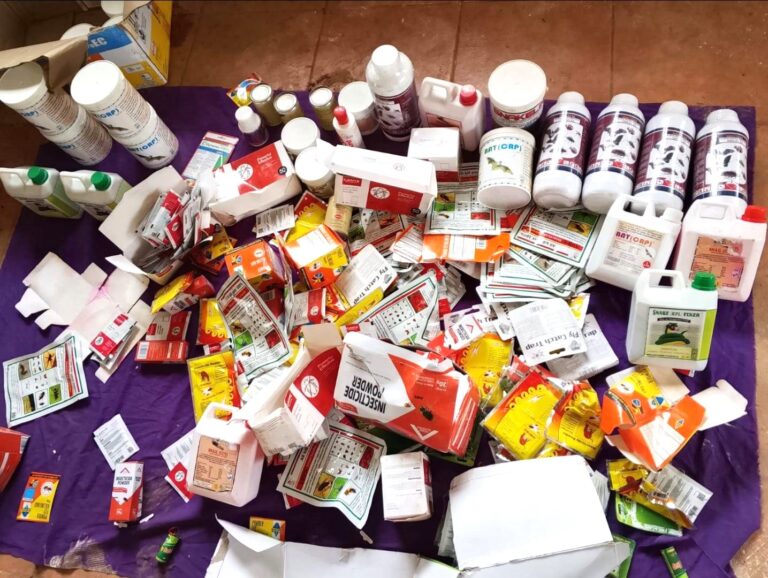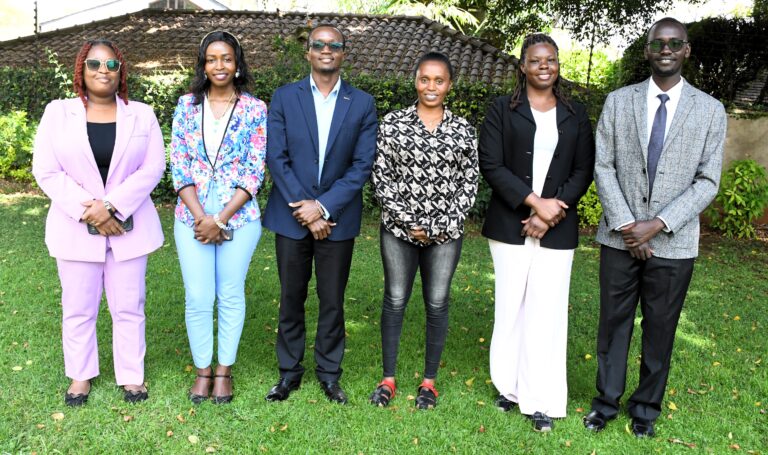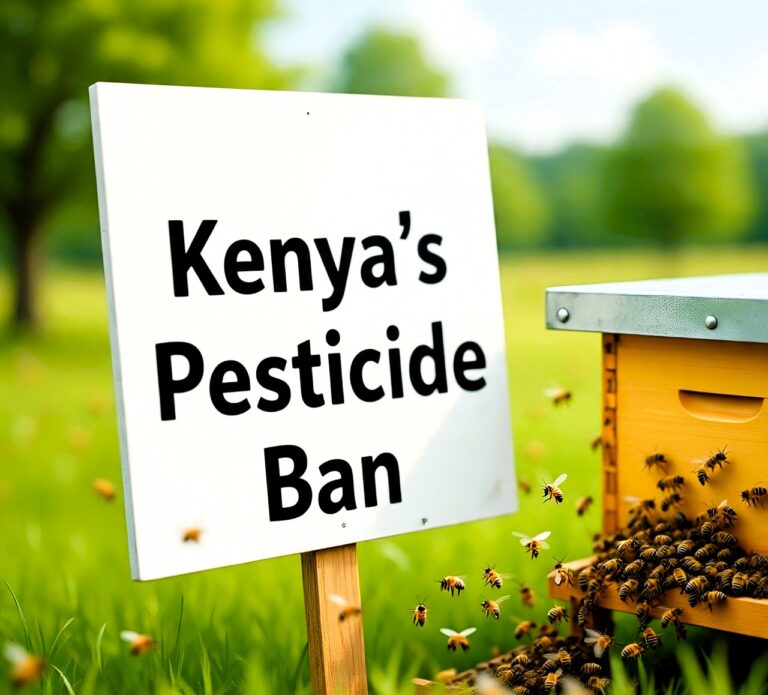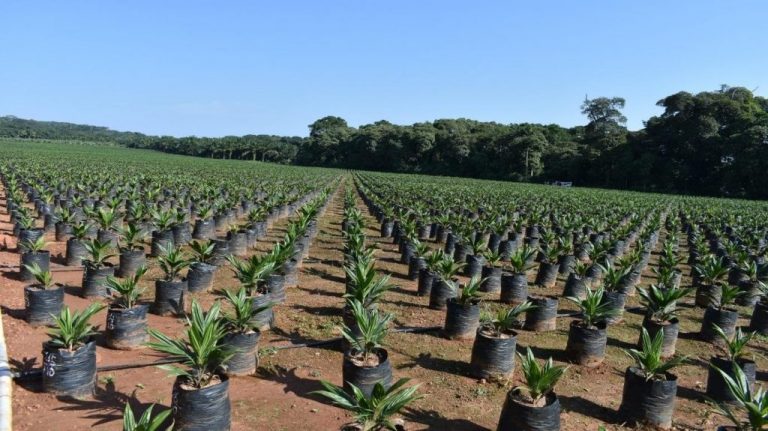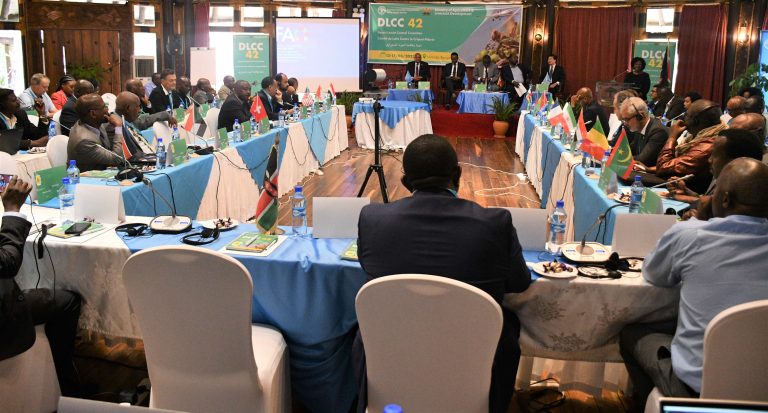By Kimuri Mwangi
Stakeholders in the pest control products industry have come together to sensitize and assist farmers on the proper disposal of empty pesticide containers after use.
This is being conducted under aak-GROW which is the umbrella organization in Kenya for producers, manufacturers, importers, formulators, re-packers, distributors and users of pest control products. It is the national representative of the international agrochemical industry represented worldwide by CropLife International. Therefore, aak-GROW is also known as CropLife Kenya.
Benson Ngigi from aak-GROW says that the containers are made in a way that makes the transportation and storage of pesticides easy and convenient. “This attracts farmers to want to use the containers to store other things including food,” he quips.
Ngigi says that when the containers lie on the ground the chemical remains may mix with rainwater or water used in irrigating crops which aids them to dissolve into runoff water. The runoff water may mix with water used for domestic use posing a danger in the household. He adds that if a farmer decides to burn these containers, he/she may inhale the smoke which could have adverse effects.
According to the Food and Agriculture Organization (FAO) of the United Nations, many deaths and cases of poisoning are caused by mishandling of pesticide wastes and containers; the common practice of reusing pesticide containers to store food and water is an example of this. Pesticides that are carelessly disposed of can contaminate the air, water and land, and poison people, livestock, fish and wildlife.
“Very few local or national authorities, pesticide suppliers or other organizations provide adequate support to pesticide end users. Advice is sometimes given on product labels or through regulations or guidelines, but this advice rarely reaches pesticide end users and, even when it does, it tends to be inappropriate and difficult to follow. People often reuse empty plastic or metal pesticide containers as storage for fuel or even food and water, even though it is usually impossible to remove all traces of chemicals from these containers. Old products, unlabelled containers and leaking packages are often kept in misguided efforts to avoid waste or because people do not understand the hazards they pose. Other dangers arise when unwanted pesticides and containers are disposed of inappropriately. For example, many pesticide suppliers and national authorities recommend the burying or burning of waste pesticides and empty containers. However, buried chemical waste can contaminate soil and leach into surface or groundwater, while burning pesticides and containers release highly toxic fumes,” says FAO
Watson Wachira, a farmer from Njabini, Nyandarua County says that when he visits his fellow farmers, he comes across pesticide containers lying all over the farm. “Most of these containers contain remains of the chemicals since it’s very hard to clean them to safe levels no matter the amount of water used. You can imagine the repercussions if children put water in them and drank it,” says Wachira.

Ngigi says that they have partnered with other stakeholders to train farmers on the correct disposal methods of the containers. “The first thing we teach them is immediately a container is empty, they should rinse it three times, press it and then poke some holes in it to discourage anybody who may think of putting something in the container like drinking water. We also collect empty pesticide containers through various collection points we have opened all over the county. We are partnering with coffee farmers, horticulture farmers, maize farmers and others to ensure this is a success. Some farmers used to dispose of the containers in toilets, rivers or burning them in their farms which affects the environment,” opines Ngigi.
One such beneficiary of this program is Watson Wachira who says that initially he didn’t know what to do with empty pesticide containers. “After attending a training by aak-GROW, I told them that I have space in my farm which can be used to collect the containers. After inspection and further training, a collection center was opened on my farm. They then brought me the big bag where we put the containers and carry it away when its full,” he adds.
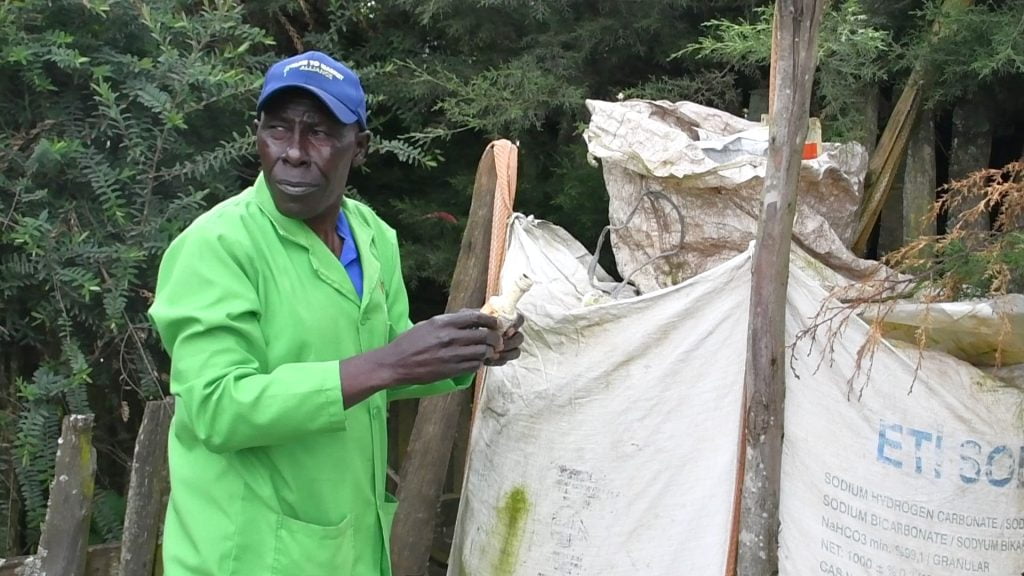
On this day as we tour his farm, farmers are lining up at the gate with bags full of empty containers waiting for their chance to empty them into the big bag. He adds that farmers in the area adopted the practice and faithfully bring the containers to his farm for collection. Considering that the area has a lot of horticulture and flower farmers, the number of containers is significant though the number depends on several factors.
Depending on the season, Ngigi says the number of containers collected keeps changing. “A farmer where a collection centre is located informs us when their bags are full. We then check the status of the surrounding centres so that we can consolidate the collection operation. In a year we may collect once or twice in a centre. For example, during the cold season, farmers use a lot of products to protect the crops against frost and pests, hence the containers increase, and we collect towards the season end. In areas where they rely on rain for agriculture, we collect them once a year as they don’t use a lot of chemicals,” says Ngigi.
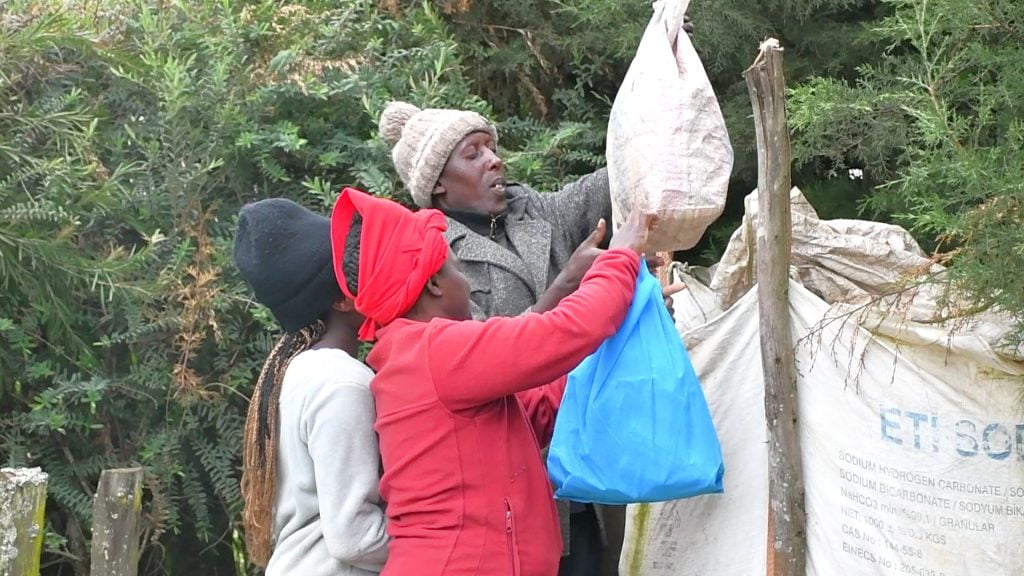
After collection, the containers are taken to three companies licensed by the National Environment Management Authority (NEMA) where they are destroyed by incineration. They are located in Migori, Kajiado and Machakos counties.



